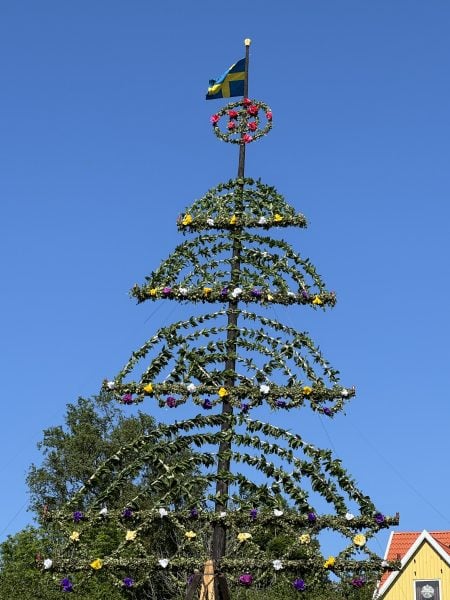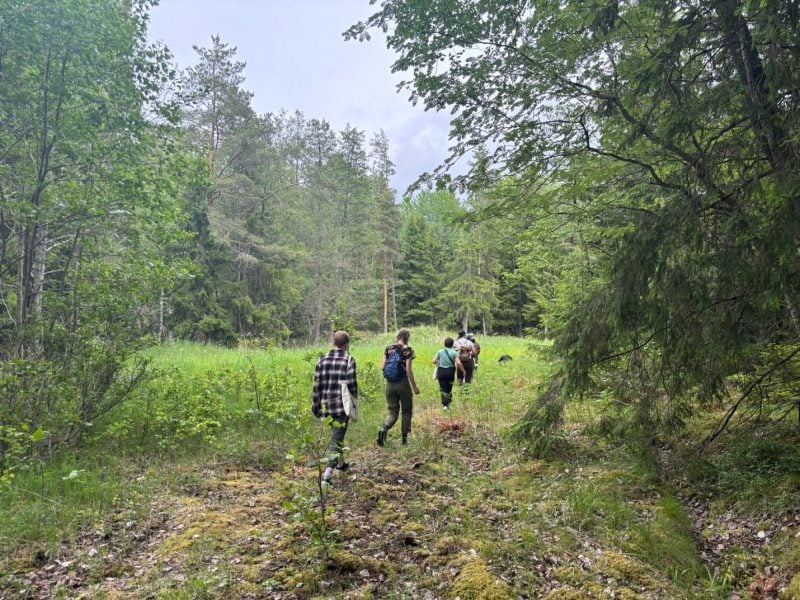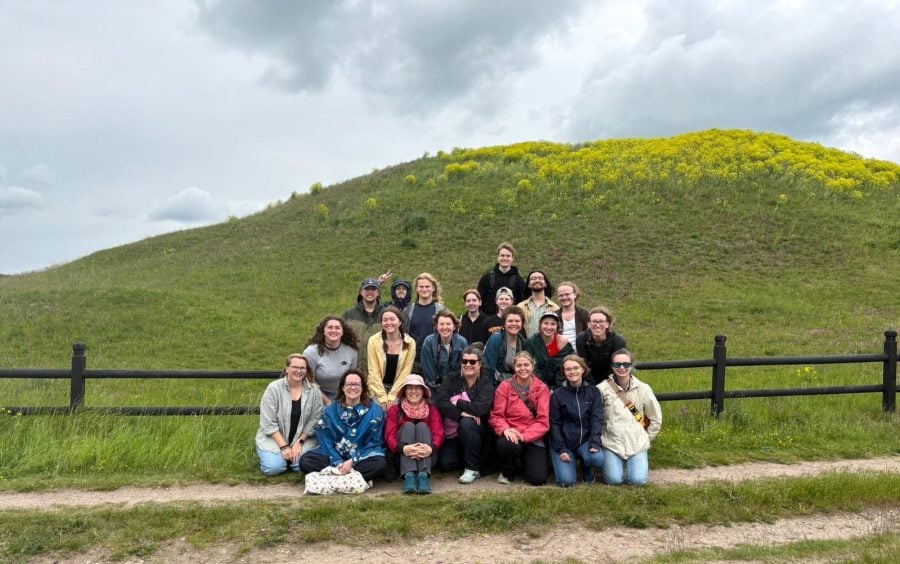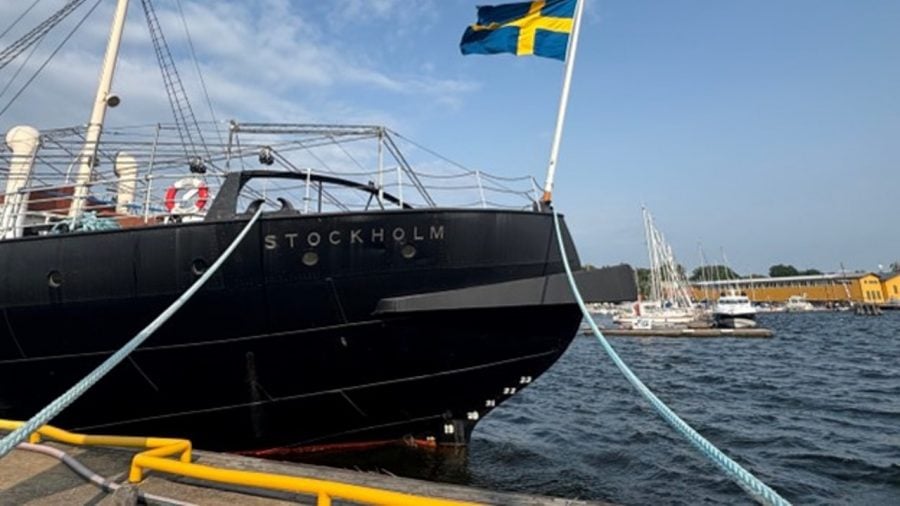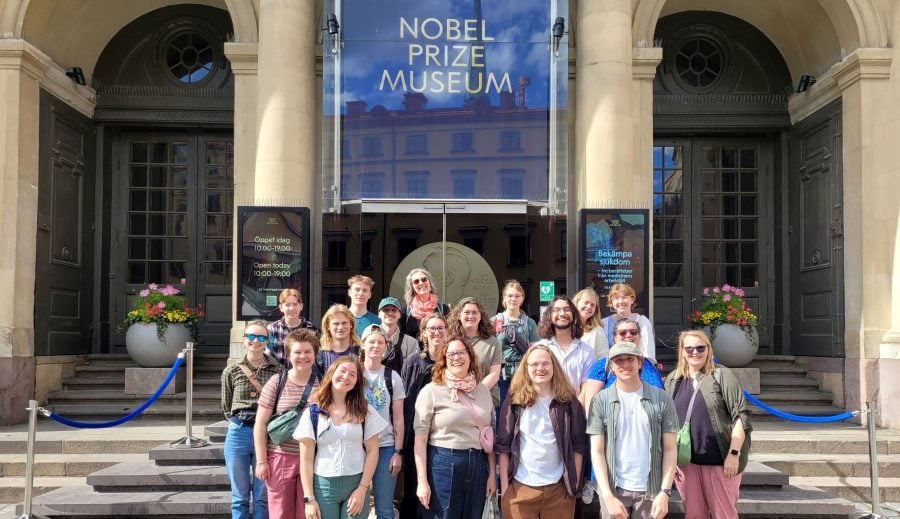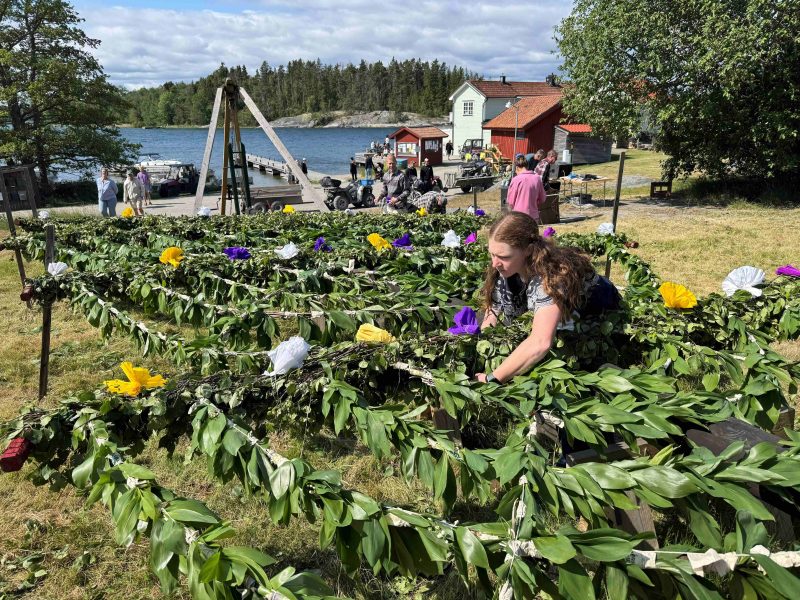
Post provided by Joelle White, Photos by Tara Bal
Spending Midsummer on the small island of Arholma offered more than cultural immersion; it gave us a living classroom. Surrounded by Baltic Sea breezes, mossy-lichened granite outcrops, and blooming meadows, the island became the perfect backdrop to explore Sweden’s deep connection to land, seasons, and sustainability.
What looked like a festive holiday, dancing around the maypole, singing, and sharing food, was actually something much deeper. Midsummer on Arholma wasn’t just a party; it was a living expression of tradition and ecological awareness. Through conversations with our instructors and recapping what we learned from our guest speakers throughout our travels, we began to see how these celebrations reflect a broader cultural ethic: a respect for nature, community, and seasonal rhythms. For us, it became a moment of connection; between people, place, and purpose.
Even the quiet in-between moments taught us something. The birdsongs, wind through the trees, and the sun that barely dipped below the horizon all become part of the lesson. We had good food, beautiful walks through the woods, and many of us when swimming in the sea and climbed on the rocky shores. Arholma reminded us that environmental science isn’t confined to classrooms. It’s alive in landscapes, traditions, and the way people live in tune with their surroundings.
